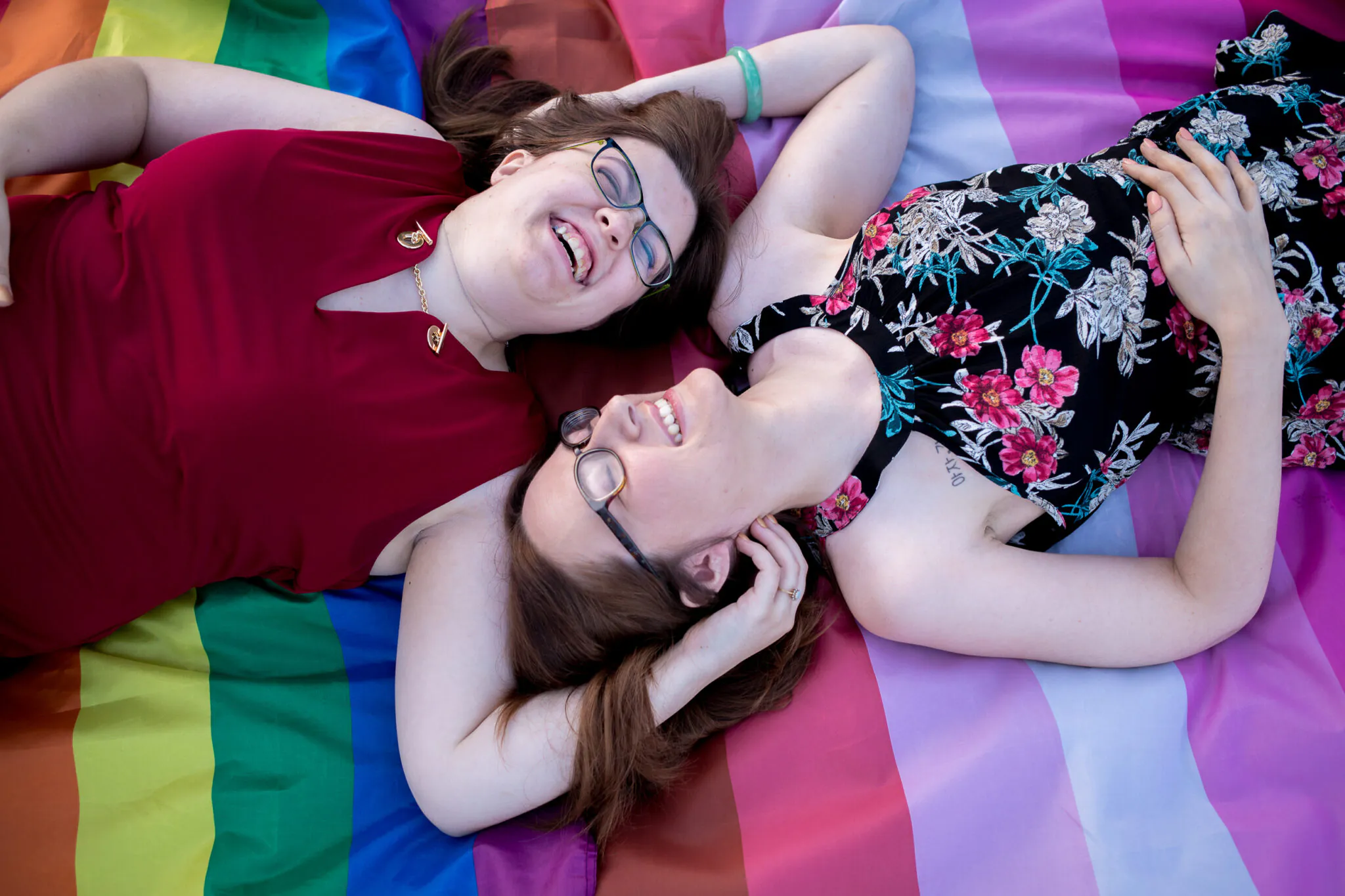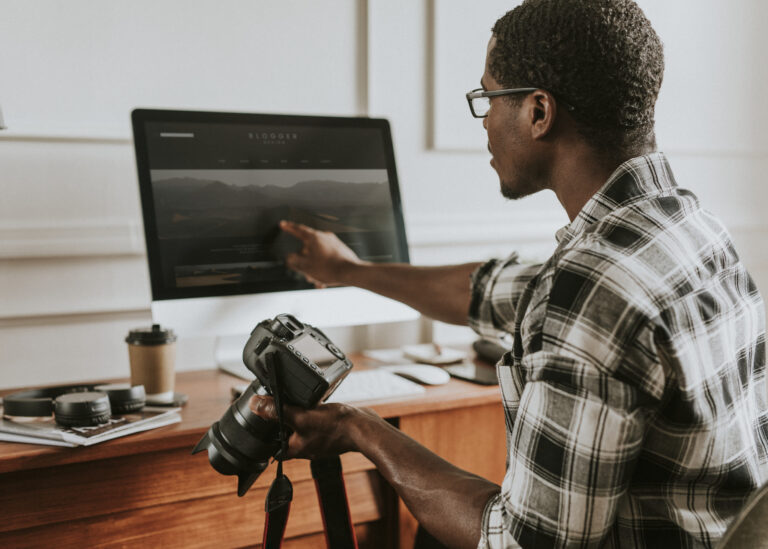
If you’re white, cis-gendered, neurotypical, non-disabled, and/or a heterosexual leader in any community, whether you have a platform with a small following or you lead a large group with hundreds of creatives: This is for you.
While you’re trying to incorporate diversity through messaging and visuals, you could be doing more harm than good. Genuine inclusion isn’t something that you buy in a package with a checklist or implement with a gallery of stock photos showing people from diverse backgrounds. Change isn’t made simply through posting graphics.
Genuine inclusion takes work
Deep, uncomfortable, disruptive work, and here’s the truth: A lot of people in positions of privilege aren’t yet ready to let go of their comfort to do the real work that’s required of them.
To examine their participation in the oppressive, capitalist, white supremacist system that still rules every aspect of our lives — yes, even our creative businesses. This is a system that many of our fellow creatives and business owners have learned how to operate in just to live.
As a photographer and brand consultant specializing in inclusive branding rooted in core values, I spend a lot of time guiding people through the challenging process of identifying and disrupting their own bias, before they can create and share content that’s welcoming and inclusive.
We work to disrupt everything that feels familiar and comfortable to identify that bias on a personal, professional, and community level. The process starts with an examination of their behaviors and beliefs, as well as those of the people and environments they’re connected to.
How you can create lasting change through your own inner work
First, clarify the importance of inclusion, as well as examples of key terms and behaviors, before getting to the roots of your existing brand (where you’re-visit and re-define core values, beliefs, and commitments).
After you go through the process of doing this deep, often uncomfortable work, then and only then can you get into creating content that speaks to inclusion in a way that’s rooted in core values.
Pro Tip: It’s vital to first do the deep, inner work that brings awareness to the ways we all participate in systems that create harm within marginalized communities. Examples of harm include:
- Not speaking up when you see harm being done.
- Excluding people, because they’re “different” in some way.
- Spiritual, emotional, or experiential bypassing.
- Using or excusing racial slurs, sexist or homophobic language.
- Talking negatively about someone else’s weight, appearance, or disability; or using and excusing microaggressions.
Even in the form of a “joke,” these things can all cause harm, whether someone points it out or not (and often out of fear of retribution, they won’t). It’s tempting to jump right into using inclusive messaging and visuals, yes. But, if you avoid addressing and engaging in the inner work first, without holding yourself and your community accountable, then you run the risk of causing even more harm. Harmful action can look like:
- Action bias: The need to develop and act on solutions just to feel good about “taking action” before a problem is even defined or understood—especially when it doesn’t solve the problem.
- Performative allyship: Outwardly showing support for a community or group without doing any real work behind the scenes to understand the challenges or needs of the communities you’re attempting to connect with.
Create inclusive messaging to make a genuine impact
- When you do the deep inner work and you’re ready to create inclusive content, then it’s time to consider your message and who you’re inviting into your brand and community.
- You have to create from a place of understanding and consider that everyone has their own unique lived experiences in addition to their identities, which influences the way they connect with brands and the content that gets shared.
Pro tip
Something important to understand is that diversity brings people in, representation gives them a voice and inclusion makes them feel welcome, heard, and understood.
When you’re incorporating genuine inclusion into your life and business, your goal should be to provide people with a sense of belonging. With that in mind, here are a few questions for you to consider:
- What is your motivation for bringing inclusion into your brand and community?
- How is inclusion connected to your core values?
- How do you account for unique/individual lived experiences?
Make all people feel welcome within your brand
You’ll need to make sure they can find themselves represented in the content you share, in a non-tokenizing way.
For example, you shouldn’t only share images or messaging in support of the Black community during Black History Month and only show support of the LGBTQ+ community during Pride Month.
In addition, your brand should include an ethical representation of the people you’re inviting in. Avoid stereotyping, engaging in cultural appropriation and using people in brand photos who do not identify with the audiences you are looking to connect to.
For example: do not use models who aren’t part of the LGBTQ+ community to represent the LGBTQ+ community. It’s important to be consistently inclusive in practice while being mindful of the language and imagery you share in public and in private. This also includes the relationships you keep and the organizations you support.
The truth about creating inclusive content for your brand
Every action you take toward building a genuinely welcoming community requires awareness that can only be achieved through identifying and disrupting bias. It requires continuous work, recognition, and mindfulness that people need to be able to see practiced throughout your brand.
To start digging into this work, grab your copy of the free guide created to help you revisit your core values and beliefs to draft an inclusive, empowered brand statement that lets your community know where you stand.



